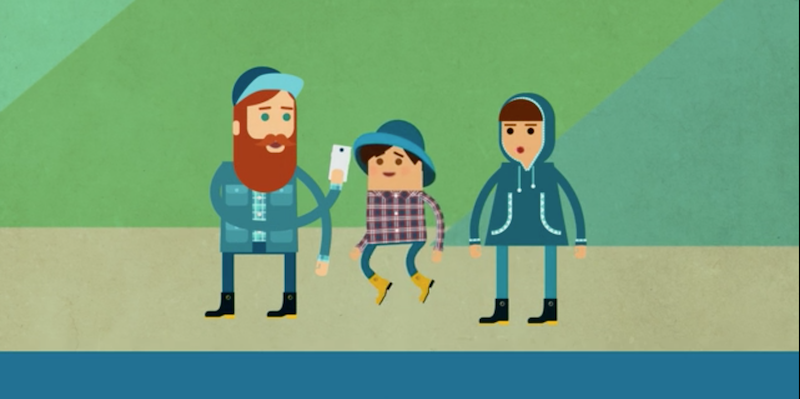
The Local Environmental Observer (LEO) Network is a group of local observers and topic experts who share knowledge about unusual animal, environment, and weather events. With LEO, you can connect with others in your community, share observations, raise awareness, and find answers about significant environmental events. You can also engage with topic experts in many different organizations and become part of a broader observer community.
The first step is to join LEO and set up your personal profile. Your LEO membership allows you to connect with other LEO Network members, read all Observations on the Network, and submit your own Observations.
As a member, you can search the LEO database on our website. Search by topic, time, location, source, keyword, or many other dimensions. The results of your search are mappable, downloadable, sharable, and can be saved to return to later.
Members can also make Observations. When you have an event to share, click ‘Submit Your Own Observation’, and a series of prompts will help you build your post. Similarly, if an unusual environmental event was covered in a local new source, you can also share it on LEO. Click 'Submit a News Article' to get started.
Once an Observation has been submitted, it is reviewed by our editorial team. If selected, it will be published to the LEO database, allowing it to be viewed on the LEO map and to appear in search results. Your Observation may also be selected for a special consult, where topic experts comment on your post based on their knowledge or expertise.
Arctic communities were among the first to experience significant impacts from climate change. In 2009, the Alaska Native Tribal Health Consortium (ANTHC) established the Center for Climate and Health to help describe connections between climate change, environmental impacts, and health effects. In 2012, LEO Network was launched as a tool to help the tribal health system and local observers to share information about climate and other drivers of environmental change.
In 2015, LEO Network was selected as a model program under the United States Chairmanship of the Arctic Council, to help raise awareness and improve communication about climate change in the circumpolar region. Today LEO Network is continuing to evolve and to build new partnerships with local observers - across the Arctic and around the world.
Last Updated Sep 15, 2023